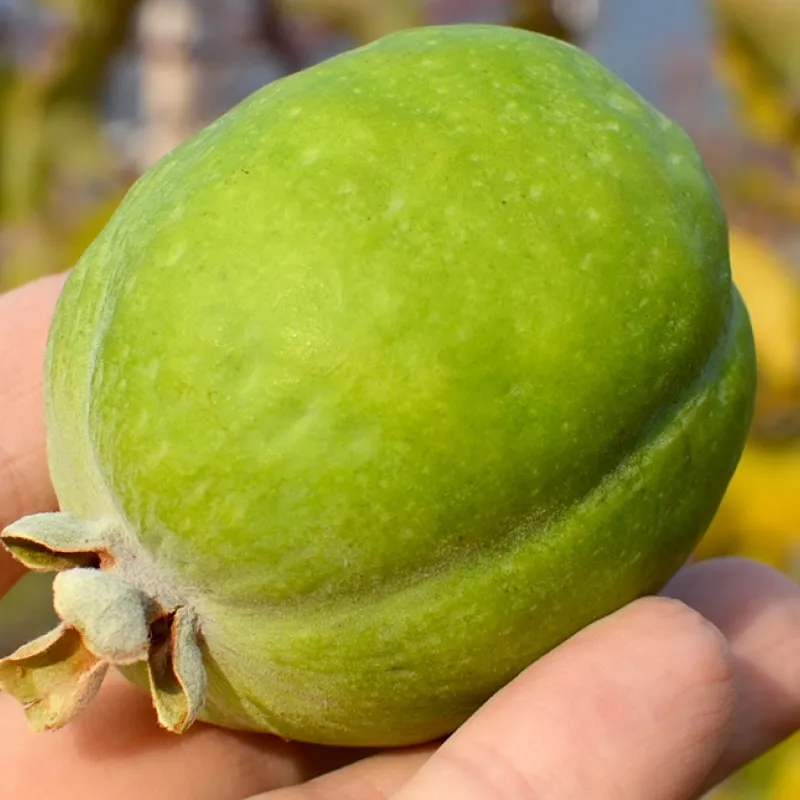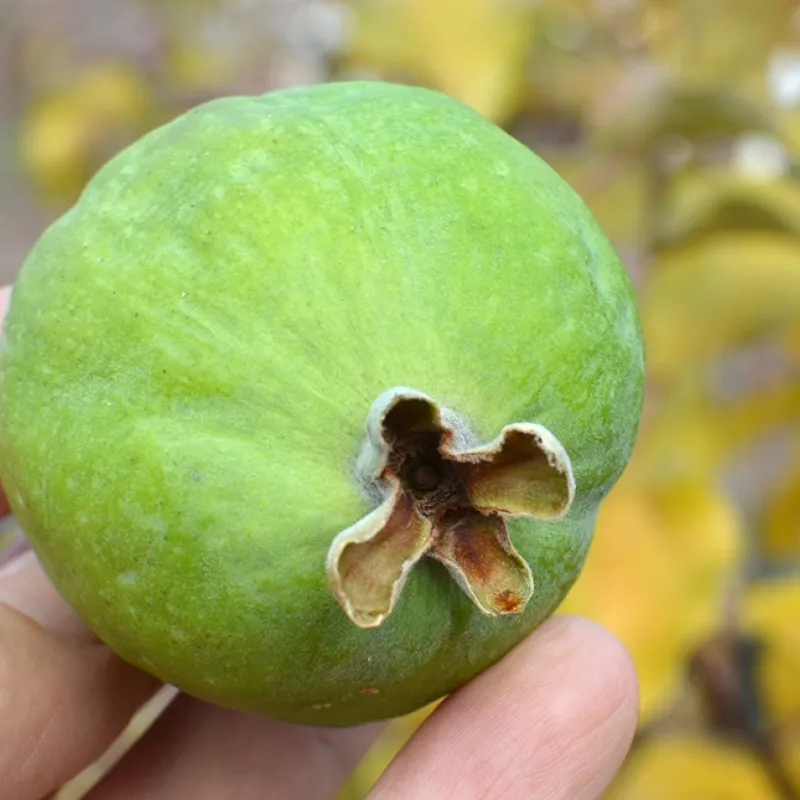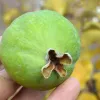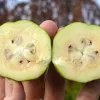Out Of Stock
Sponsored
Pineapple guava - Acca sellowiana - Feijoa sellowiana MAMMOTH
0.00€
Ex Tax: 0.00€
- Stock: Out Of Stock
- Breeder: Hayward Wright , Avondale, New Zealand






